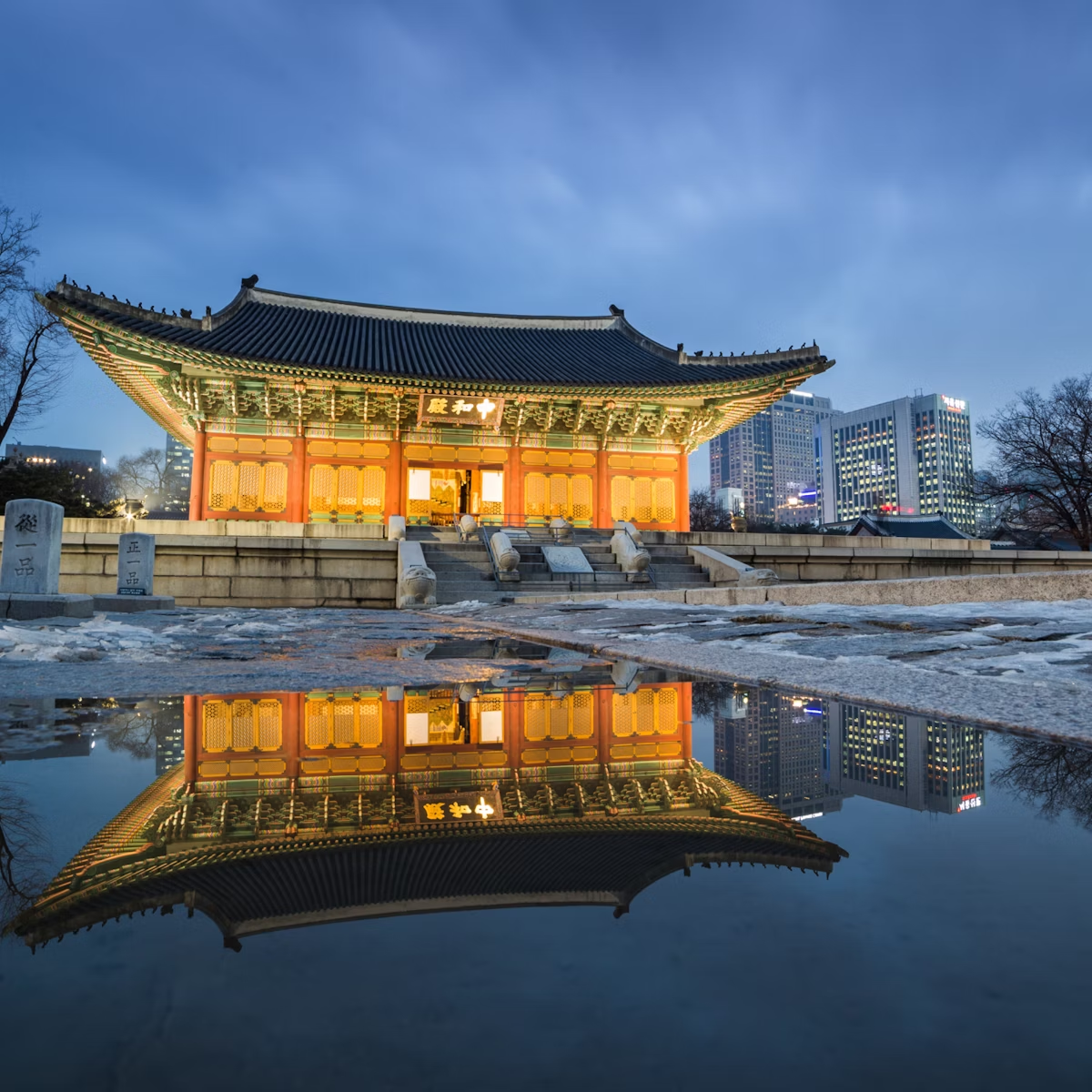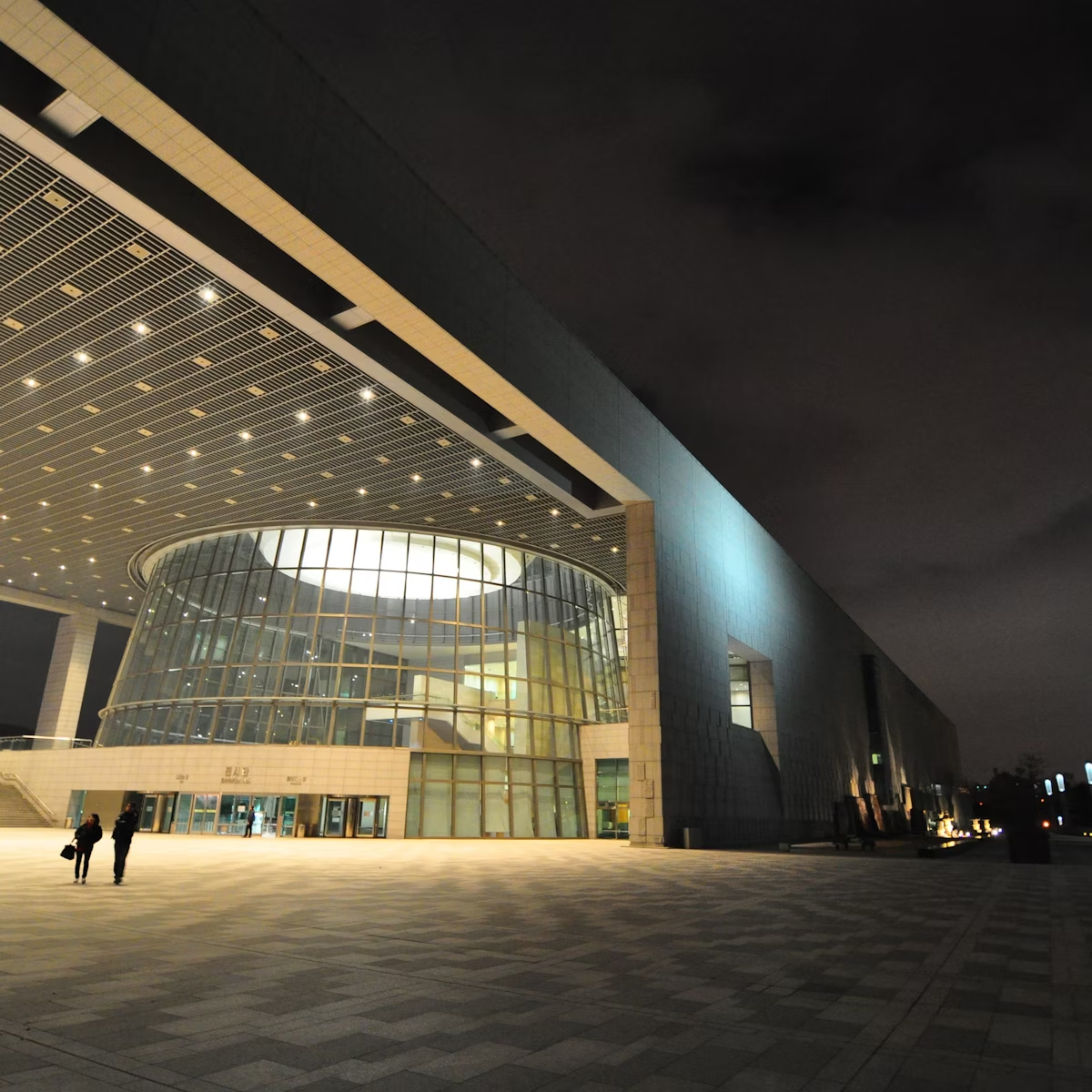A variety of nicely packaged teas grown at the company’s plantations on Jeju-do (Jeju Island) as well as tea-making implements are on offer here. A cafe upstairs serves up the mainly green teas in all sorts of drinkable and edible ways and there’s a premium tasting lounge on the top floor.
There are several other branches around Seoul.







